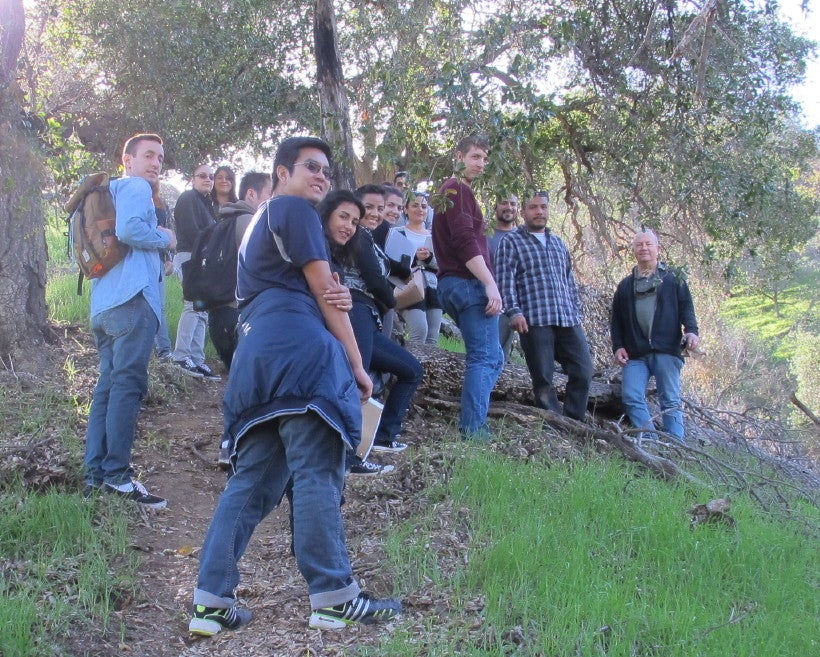
The Microbiology Area is especially strong in teaching students superior lab technique. Classes involve many hours perfecting skills in the lab, and address a wide variety of microbiological topics, including ones of medical interest, ecological relevance, and prokaryotic diversity.
David Bermudes - live bacteria as therapeutic delivery vectors
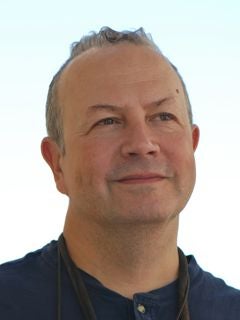 Professor
Professor
Ph.D. Boston University
email: david.bermudes@csun.edu
Phone: 818-677-6062
Fax: 818-677-2034
Office: Magnolia Hall 4216
Certain pathogenic bacteria such as Salmonella typhimurium have the innate ability to target and selectively replicate within solid tumors in a number of different animal species, including humans. Pathogenic bacteria can be genetically modified in order to eliminate debilitating aspects of their pathogenesis while retaining their ability to traverse the body and target tumors. My laboratory is exploring a variety of mutations in Salmonella that decrease pathogenesis and/or increase their ability to colonize solid tumors in order to identify strains that have the potential to serve as anticancer agents in humans. In these studies, and in attempts to understand the fundamental nature of the bacterial physiology relating to tumor-targeting, we have identified spontaneous and genetically engineered mutations that have compensatory functions relating to their ability to exist under mammalian physiological conditions and may have the ability to enhance their antitumor effects.
Gilberto Flores - microbial ecology
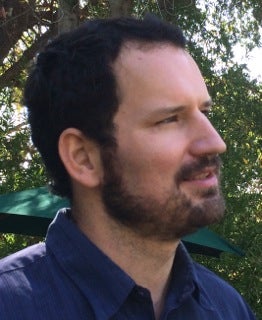 Associate Professor
Associate Professor
Ph.D. Portland State University
email: gilberto.flores@csun.edu
Phone: 818-677-4276
Fax: 818-677-2034
Office: Eucalyptus Hall 2208
Website: http://gilbertoflores.weebly.com/index.html
I am an interdisciplinary scientist who specializes in microbial ecology, exploring the diversity and function of microbial communities in a wide range of environments. I use a combination of cutting-edge molecular biology/bioinformatics tools (such as high-throughput sequencing and genomics) and more traditional microbiological techniques (e.g. cultivation, fluorescent microscopy) to address fundamental questions about the ecology and evolution of microorganisms. I have worked in a wide array of environments including deep-sea hydrothermal vents, terrestrial hot-springs, public restrooms and the human body. Currently, I am leading a project examining the temporal variability of the healthy human microbiome using undergraduate students as the study population. Other research interests include microbial oceanography, the pan-genome, geomicrobiology, systems biology, bioremediation and archaeal ecology.
Rachel Mackelprang - environmental metagenomics
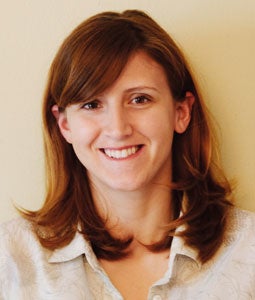 Professor
Professor
Ph.D. University of Washington
Email: rachel.mackelprang@csun.edu
Phone: 818-677-4589
Fax: 818-677-2034
Office: Eucalyptus Hall 2207
Website: http://www.csun.edu/~rmackelpr/LabWebsite/index.html
I am a genomicist focused on environmental metagenomics. Microbes are the engines that power fundamental biogeochemical cycles. Large-scale anthropogenic alterations in the environment are predicted to greatly affect microbial life, altering the balance of these cycles in the biosphere. While most microbes in the environment are recalcitrant to culturing, metagenomics provides access to the genomes of "inaccessible" organisms by isolating and sequencing all DNA from a particular environment. I am interested in leveraging ultra high-throughput sequencing, bioinformatic analysis, and microbiology-based approaches to study microbial community response to human-caused environmental perturbations and determine the impact of microbes on biogeochemical cycles. Current study systems include the thawing permafrost, the Gulf of Mexico Deepwater Horizon oil spill, and the great prairie of the Midwestern United States.
Sean Murray - bacterial cell cycle
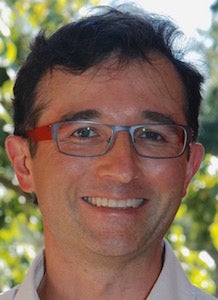 Professor
Professor
Ph.D. Yale University, 2003
email: sean.murray@csun.edu
Website: http://www.csun.edu/node/33106/sean-murray
The dimorphic bacterium Caulobacter crescentus is a model organism for studying the bacterial cell cycle. Its asymmetric cell division results in one swarmer and one stalked cell progeny. Motile swarmer cells can not undergo DNA replication until they differentiate into stationary stalked cells. If sufficient nutrients are available, swarmer cells eject their polar flagellum and build a stalk (with adhesive at its end; for attaching to a surface near nutrients) at the same pole formerly occupied by the flagellum. Stalked cells are competent for DNA replication and cell division. During cell division, a flagellum is placed at the pole opposite that of the stalk. Caulobacter's obligate cell cycle is controlled by oscillating master regulators that control different genetic modules in space and time. As a result of this carefully orchestrated process, a flagellum is synthesized only when needed (just prior to cell division) and is placed at the pole opposite that of the stalk. Likewise, a new stalk is synthesized only at the pole previously occupied by a flagellum. Our lab studies the roles of lipid biosynthesis in this process, using pharmacological, genetic, and molecular approaches. Only by further elucidating the control mechanisms of bacterial cell division can we advance the development of new antimicrobial compounds. Lipid biosynthesis is essential for cell viability and bacterial fatty acid synthetic enzymes have been suggested as antibiotic targets. In fact, compounds specific to bacterial fatty acid biosynthetic compounds have been generated. Most previous studies on bacterial lipid metabolism have focused on E. coli, a gamma-proteobacteria. Caulobacter in contrast, as an alpha-proteobacteria, is closely related to human pathogenic bacteria, such as Brucella and Rickettsia.
Cristian Ruiz Rueda - Antibiotic resistance mechanisms in bacteria
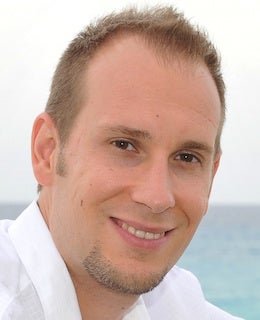 Associate Professor
Associate Professor
Ph.D. University of Barcelona
email: cristian.ruiz-rueda@csun.edu
Phone: 818-677-6217 (office) ; 818-677-7874 (lab)
Fax: 818-677-2034
Office: Chaparral Hall 5205
Lab: Chaparral Hall 5211
Website: https://ruizruedalab.wordpress.com
My ultimate goal is to develop novel ways of preventing and treating infectious diseases caused by bacteria resistant to multiple antibiotics. These bacteria have become a major problem in the U.S. and abroad, from failed treatment of previously curable diseases to increased hospital costs. There are approximately 2 million hospital-acquired infections in the U.S. each year, with more than 99,000 deaths occurring mostly due to antibiotic resistant pathogens. The annual hospital economic cost of resistance is estimated to be greater than $20 billion in the U.S., with additional costs to society for lost productivity as high as $35 billion a year. World health leaders have described antibiotic resistant pathogens as "nightmare bacteria that pose a catastrophic threat to people in every country in the world". My laboratory uses a multidisciplinary approach that includes bacterial genetics and biochemistry, molecular biology, gene expression, and "omics" to: (1) Study the molecular mechanisms of multi-drug resistance, its regulation, and its interconnection with cell metabolism and physiology in order to identify new antimicrobials and targets; and (2) Develop novel molecular detection methods to detect and prevent outbreaks of antibiotic resistant pathogens.
Melissa Takahashi - investigating RNA regulation using synthetic biology tools
Assistant Professor
email: melissa.takahashi@csun.edu
Phone: 818-677-4336 (office) ; 818-677-4336 (lab)
Fax: 818-677-2034
Office: Eucalyptus Hall 2226D
Lab: Eucalyptus Hall 2209C
website: https://takahashi-lab.org/
RNA gene regulation is ubiquitous in bacteria. There are well documented RNA mechanisms that regulate nearly all aspects of gene expression including transcription, translation, and mRNA degradation. These mechanisms regulate genes involved in essential processes such as amino acid biosynthesis, bacterial motility, and metabolism. Moreover, RNAs are known to regulate the expression of key virulence factors and antibiotic resistance genes in pathogenic bacteria. My overall research goal is to uncover the biological principles behind RNA gene regulation in bacteria to create new tools for engineering bacteria and develop new strategies for antimicrobial therapies. My laboratory uses synthetic biology tools such as cell-free transcription-translation systems to: (1) Investigate sRNA regulatory responses to environmental changes; (2) Develop transcription attenuation mechanisms to engineer bacteria; and (3) Discover novel antimicrobial agents that target sRNA regulated antibiotic resistance mechanisms.
